Living Color
Alma Woodsey Thomas became a role model for black artists, women artists and mature artists
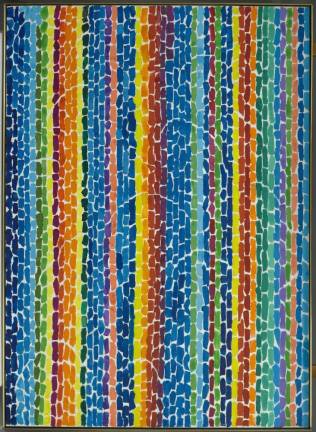
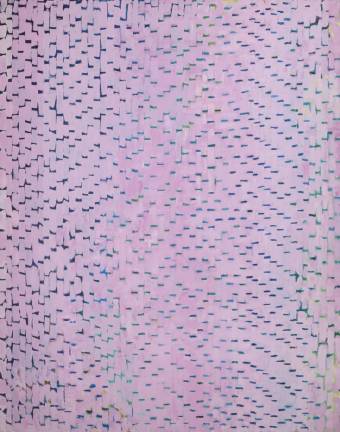
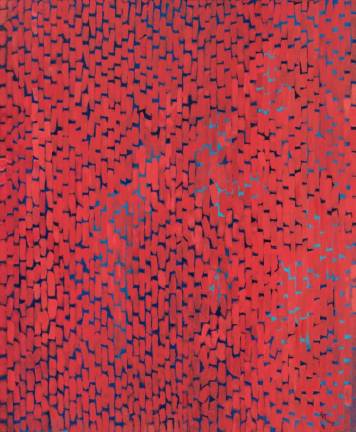
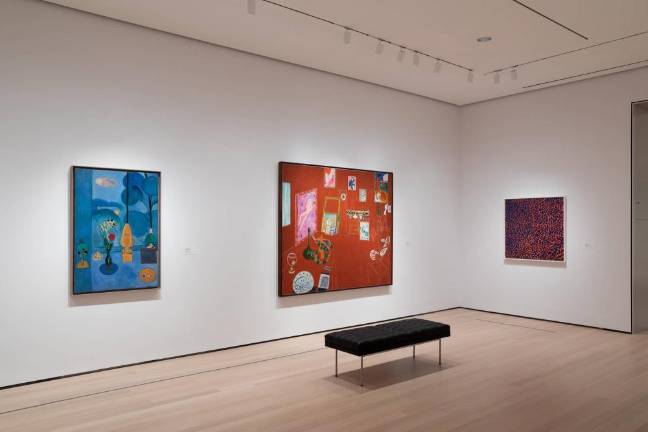
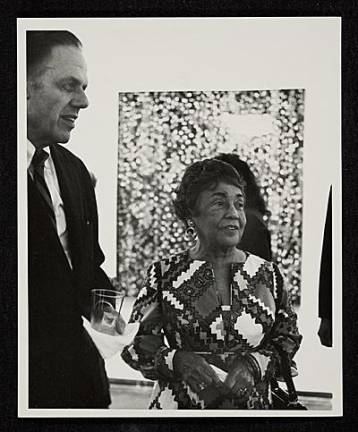
Art is a language, written without words, sending urgent messages or soothing reassurances. One artistic voice that has called out to me lately is that of Alma Woodsey Thomas. A much respected, yet under-recognized African American woman artist, Thomas was the first graduate of Howard University’s art department in 1924, and in 1972 she was the first black woman to be given a solo exhibition at the Whitney Museum of American Art. Her work is delicate yet strong, like the flowers and plants that inspired her. It’s not always easy to find her work in museums, where under 2% of the works on walls were made by black women. But search it out and you’ll be richly rewarded.
The first time I saw a painting by Alma Thomas was in the Brooklyn Museum many years ago. “Wind, Sunshine and Flowers” stopped me in my tracks. A joyful explosion of color can do that. But closer looking revealed so much more.
Cellist Yo-Yo Ma quotes Isaac Stern as saying that “music happens between the notes.” In “Wind, Sunshine and Flowers” Thomas’s daubs of cascading color give the sense of a vertical rainbow, captured between panes of glass. But by stepping back a few feet, a pattern emerges in the empty spaces between the brushstrokes. They give the impression of curling clouds or breezes passing through blossoming branches. Immense skill was necessary to create such lyrical silences within the ebullient composition. Remarkably, Thomas evokes something as indescribable as a gentle gust of wind through the use of negative space inside pure abstraction.
Her works call to mind many things – Byzantine mosaics, Pointillism, Minimalism, Color Field painting, Impressionism – but they resemble nothing else, a mark of a true artist. Thomas’s signature style, arrived at late in life, combines brick-like blocks of hues placed on of a background of modulated tones of a different color.
In “Cherry Blossom Symphony,” included in the Guggenheim’s “The Fullness of Color: 1960s Painting,” which will still be on view when it reopens, patches of rose pink, tinged with lavender and cantaloupe, skim over a field of blue-green, turquoise and navy. Her colors don’t float on top of each other or mingle. They often don’t harmonize, but they coexist perfectly. Each gives the other energy. Each strengthens the other. “Color, for me, is life,” Thomas stated.
Space Exploration
The eldest of four daughters, Alma Thomas was born in Georgia in 1891. Her father, realizing that Jim Crow laws offered little opportunity for his children, moved the family to Washington, DC, in 1907. She spent 38 years teaching art in DC’s public schools. When she retired, in 1960, she turned to painting full time, and, in 1966, was offered a retrospective exhibition at Howard University. Though her early work had been representational, she decided the opportunity called for something new. After studying painting relentlessly her entire life, at age 75, she debuted her abstract paintings to great acclaim, becoming a role model for black artists, women artists, and mature artists.
In her lifetime, she watched the Wright brothers fly, lived through both world wars, the Great Depression and the civil rights movement, and witnessed the moon landing. “I was born at the end of the 19th century, horse-and-buggy days, and experienced the phenomenal changes of the 20th century machine and space age,” she said. Space exploration was a major inspiration, and she often imagined distant planets and looking down on earth from above in her compositions. “Mars Dust” with patches of red-orange on a field of blue was included in “America is Hard to See” the inaugural exhibition when the Whitney opened in its new downtown space. The Metropolitan Museum owns Thomas’s “Rose Red Sonata.”
When the Museum of Modern Art re-hung its entire collection last fall and reopened, seeing Thomas’s “Fiery Sunset’’ was one of my favorite moments. It hangs in a to-die-for location, adjacent to Henri Matisse’s “The Red Studio,” one of the most loved and visited paintings in MoMA’s collection. “Fiery Sunset” more than holds its own. It sings.
Matisse once said he wanted his paintings to produce a “soothing, calming influence on the mind, something like a good armchair.” Thomas, who eschewed figurative art and political subjects wrote, “Through color, I have sought to concentrate on beauty and happiness, rather than on man’s inhumanity to man.”
In 1972, in her eighties, Alma Thomas attended the opening of her solo show at the Whitney and later that year, had an exhibition at the Corcoran Gallery of Art in Washington. Looking back on her life, she said, “One of the things we couldn’t do was go into museums, let alone think of hanging our pictures there. My, times have changed. Just look at me now.”
Indeed, just look at her now. There’s never been a better moment.